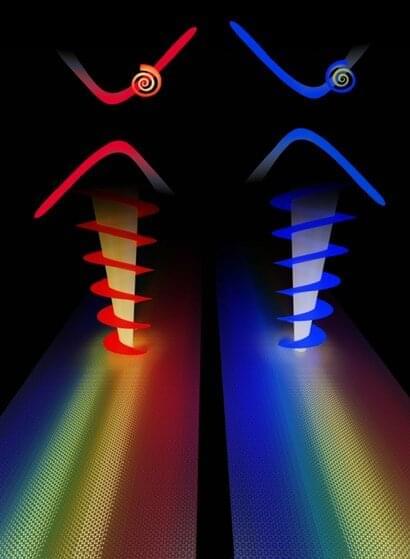Approximately 27 football fields’ worth of forests are lost every minute around the globe. That’s a massive annual loss of 15 billion trees.
Scientists have unveiled an innovative and comprehensive strategy to effectively detect and track large-scale forest disturbances, according to a new study published in the Journal of Remo.
Approximately 27 football fields’ worth of forests are lost every minute around the globe, resulting in a massive annual loss of 15 billion trees, according to the WWF. Given this concerning context, the new forest monitoring approach could be a valuable tool for effectively monitoring and managing forests as they undergo changes over time.








